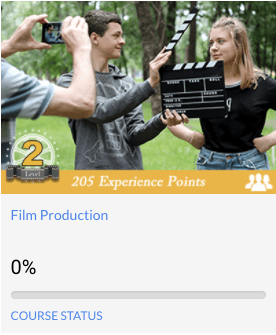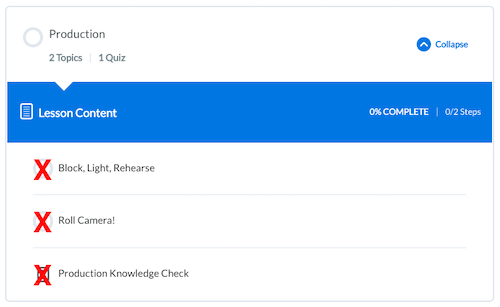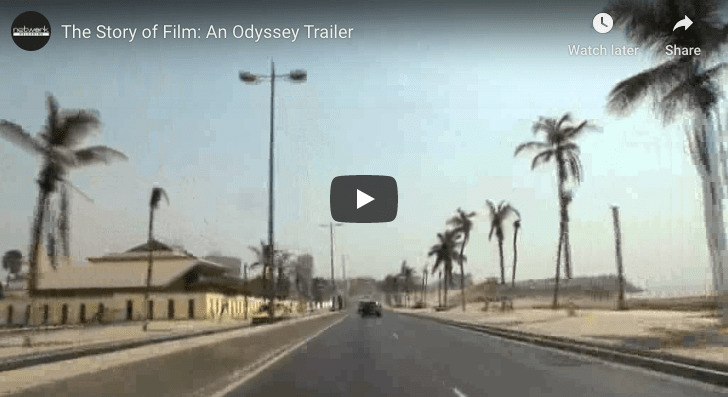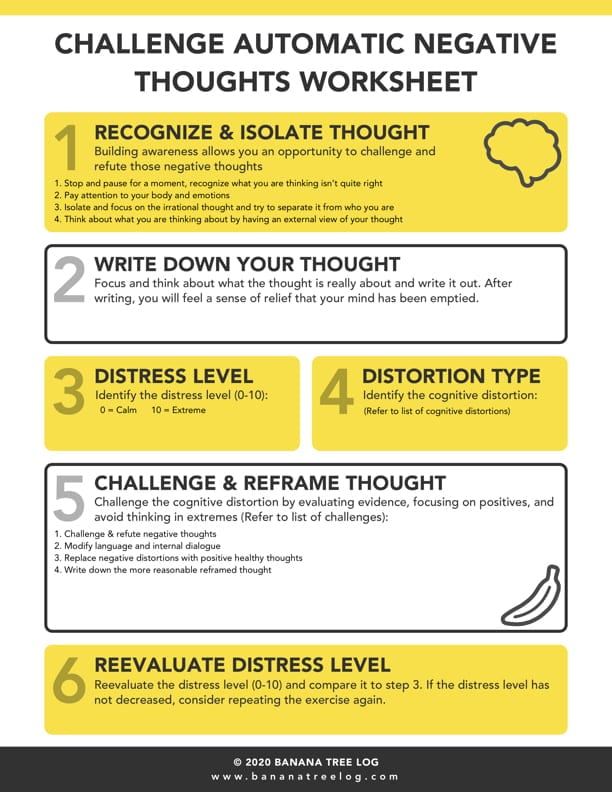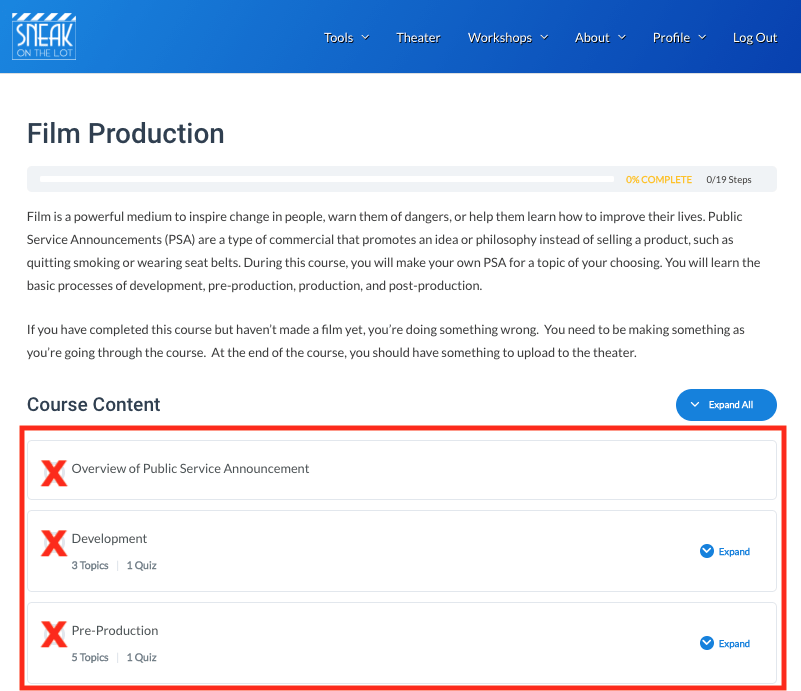| TOPIC | YOUR NOTES |
| 1. Who is the protagonist? | Lucy and Jude |
| 2. Who is the antagonist? | War maybe, there isn’t one really |
| 3. What is the conflict? | falling in love |
| 4. What is the theme or central, unifying concept? (summarize in one or two words) | why fight when you can sing and love |
| 5. How is the story told (linear, non-linear, with flashbacks, flash-forwards, at regular intervals) | linear |
| 6. What “happens” in the plot (Brief description)? | a irish man comes to america and meets friends and falls in love |
7. How does the film influence particular reactions on the part of viewers (sound, editing,
characterization, camera movement, etc.)? Why does the film encourage such
reactions? | I don’t really know music and visuals. but what i’m suppost to feel? tripped out, relaxed, weirded out |
| 8. Is the setting realistic or stylized? What atmosphere does the setting suggest? Do particular objects or settings serve symbolic functions? | Stylized, its historical yes but with how the visuals and the songs are it’s definitely stylized |
| 9. How are the characters costumed and made-up? What does their clothing or makeup reveal about their social standing, ethnicity, nationality, gender, or age? How do costume and makeup convey character? | It definetly shows of that they are poorish in the early 70’s and in there early 20’s |
| 10. How does the lighting design shape our perception of character, space, or mood? | The lighting natural except for the experimental bits, that give attention the the absurdity of the visuals |
| 11. How do camera angles and camera movements shape our view of characters or spaces? What do you see cinematically? | i think the camera helps show the chemistry between Jude and Lucy very well |
| 12. What is the music’s purpose in the film? How does it direct our attention within the image? How does it shape our interpretation of the image? What stands out about the music? | Music is a key part of the story showing. It’s a jukebox musical so it’s using already created songs to portray whats going on |
| 13. How might industrial, social, and economic factors have influenced the film? Describe how this film influences or connects to a culture? | The whole film is about the social aspect of hippies in the 70’s. So the social and cultural importance of hippie culture is prevalent |
| 14. Give an example of what a film critic had to say about this film. Use credible sources and cite sources.Example: “The Shawshank Redemption Movie Review (1994) | Roger Ebert.” All Content. N.p., n.d. Web. 24 June 2015. | “The imagery is pretty astonishing — Taymor treats some of the more fantastical moments as if she were making big-screen music videos — and it’s all very intelligently done. But it’s kind of a silly idea, very intelligently done”-
Bob Mondello
https://www.rottentomatoes.com/m/across_the_universe
https://www.npr.org/templates/story/story.php?storyId=14429238
|
| 15. Select one scene no longer than 5 minutes that represents well the whole film and shows relevant cinematic elements. Write a one-sentence description of the scene and record the time of the scene.Example: from 1:05:00 to 1:10:00.Explain why you chose this scene. | PLACE THE TIME STAMP FROM THE SCENE HERE… Example: 01:38:55 – 01:41:00
Jude goes to find Lucy to apologize, and is coaght in the middle of a strike. |
| 16. In the selected scene: write a sentence for each of the elements below to justify why this scene best represents the film: | |
| a. Screenwriting: | The way Across the Universe (the song) is used to show his feelings for Lucy |
| b. Sound Design: | I enjoy the way helter skelter and across the universe when jude is in the middle of the strike. He’s still looking fot lucy but the strike is destraking him |
| c. Camera Movements/Angles: | i like how the camera holds on jude’s face you can really see what he’s thinking |
| d. Light Setup: | when the camera is on half his face light flashes on the side of his face showing that other trains are passing |
| e. Soundtrack/Score: | This whole scene is song but i just love this song and how it perfectly shoes how Jude feels |
| 18. What’s the socio-cultural context of this film? | The love between 2 younge people in the 70’s as war and peace are argued |

